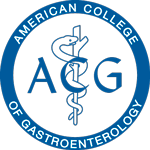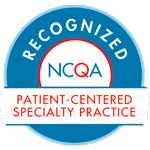Flexible Sigmoidoscopy
About Flexible Sigmoidoscopy
Flexible sigmoidoscopy is a short procedure typically done without sedation that allows the doctor to examine the lining of the rectum and lower part of the colon by inserting a thin, flexible tube with a camera into the anus. Because the camera does not reach as far as it would during a colonoscopy, a flexible sigmoidoscopy cannot detect cancer or precancerous polyps that may exist further into the colon. For that reason, it is most often performed to help diagnose the cause of abnormal symptoms.
5/5
I experienced the highest level of professionalism and quality care during my colonoscopy. Dr. Blake Scott is extremely detailed and helpful. I highly recommend this office.
Luke S
Sharon R
The staff have always been very professional. I have been several times. Would not go to another Gastroenterologist
I feel very safe and taken care of
Jesse S
I’ve been a patient here since 2017. I can’t say enough amazing things about Dr Holmes, all the nurses and staff that go above and beyond for the patients. You won’t be disappointed In Gastroenterology Associates of the Piedmont!
Connie B
Truly wonderful staff. All of the staff from the front desk to the trip out to the car are personable and make the process as easy and comfortable as possible. I appreciate the that they identify themselves and what they do and explain everything as they go along. Dr. Patwa is efficient, kind, and caring. Excellent experience all the way around.
Charles R
I live in Hickory and was going to gastroenterologist associates of Hickory. Horrible experience to say the least. I would show up at appointment and then they would send me a no-show and try to charge me for it. Then I was referred to gastroenterology Associates of the Piedmont of Winston Salem. Probably the best Doctor visit that I’ve had in my life. The staff was very professional they were very efficient . Dr. Brian Smith was very professional and very personable. Took the time to listen and talk about my condition very thorough. I was in and out of his office within an hour. Definitely deserves more than a five star rating.
Rochelle C
I had my first colonoscopy today and the entire staff were so friendly as well as professional! From checking in until the minute I left everyone was so nice. I saw Dr. McKimmie and he was great. I highly recommend GAP!






